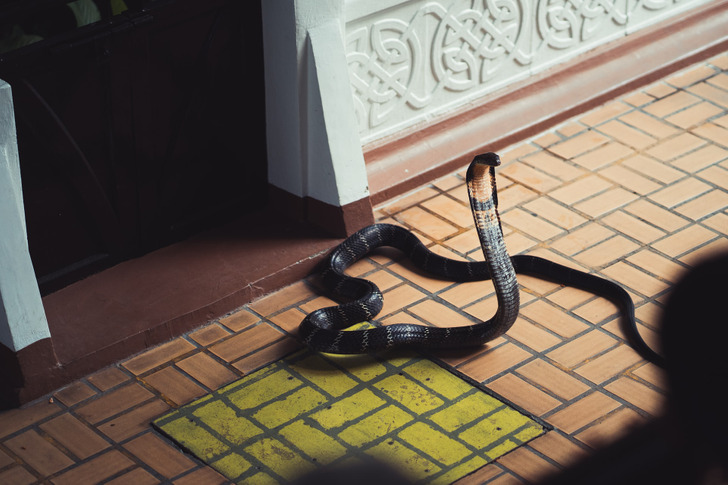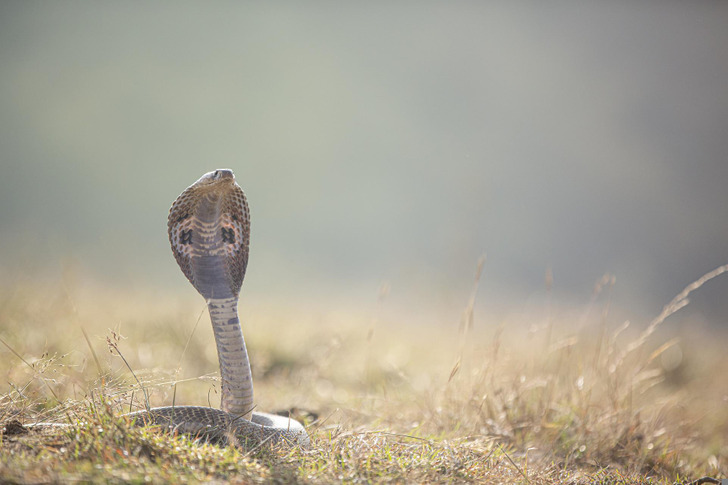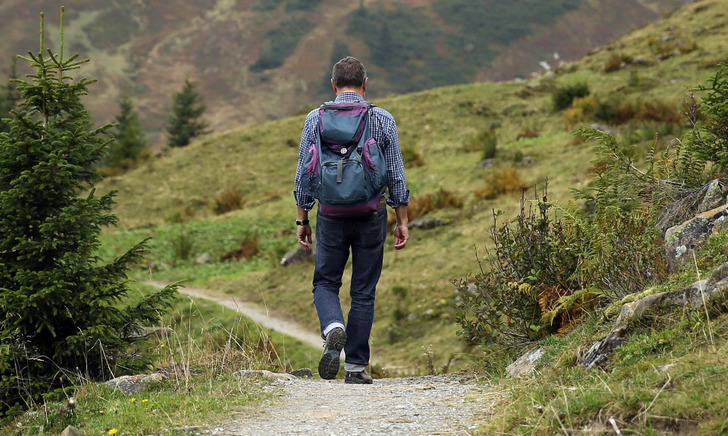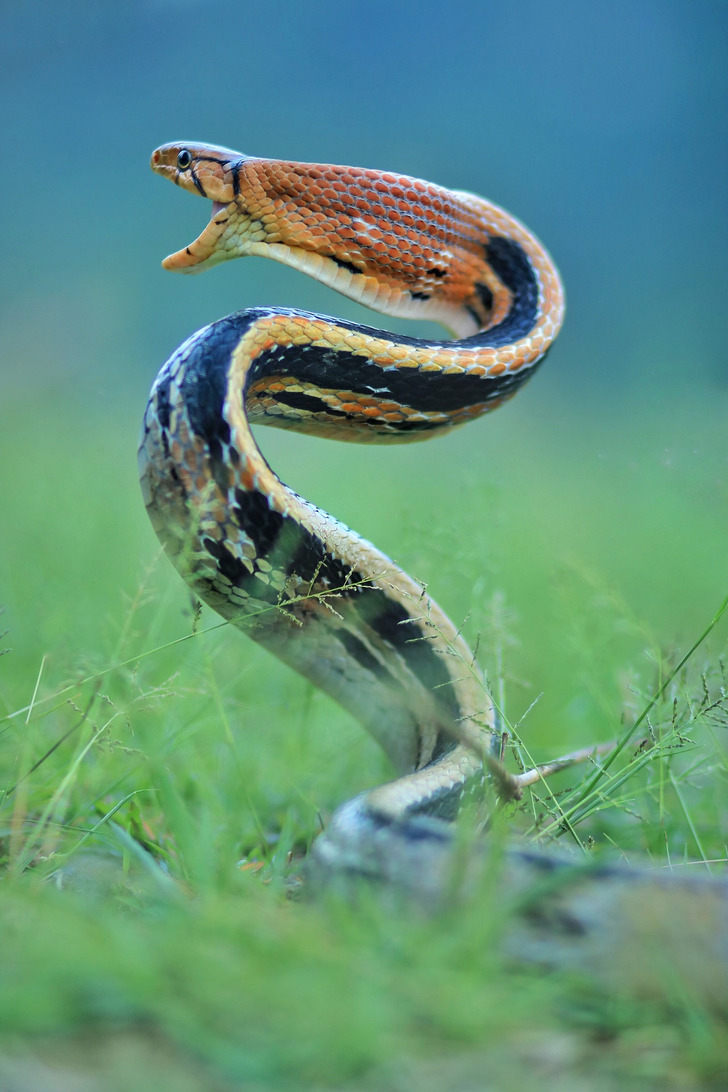How to Behave If You Meet a Snake
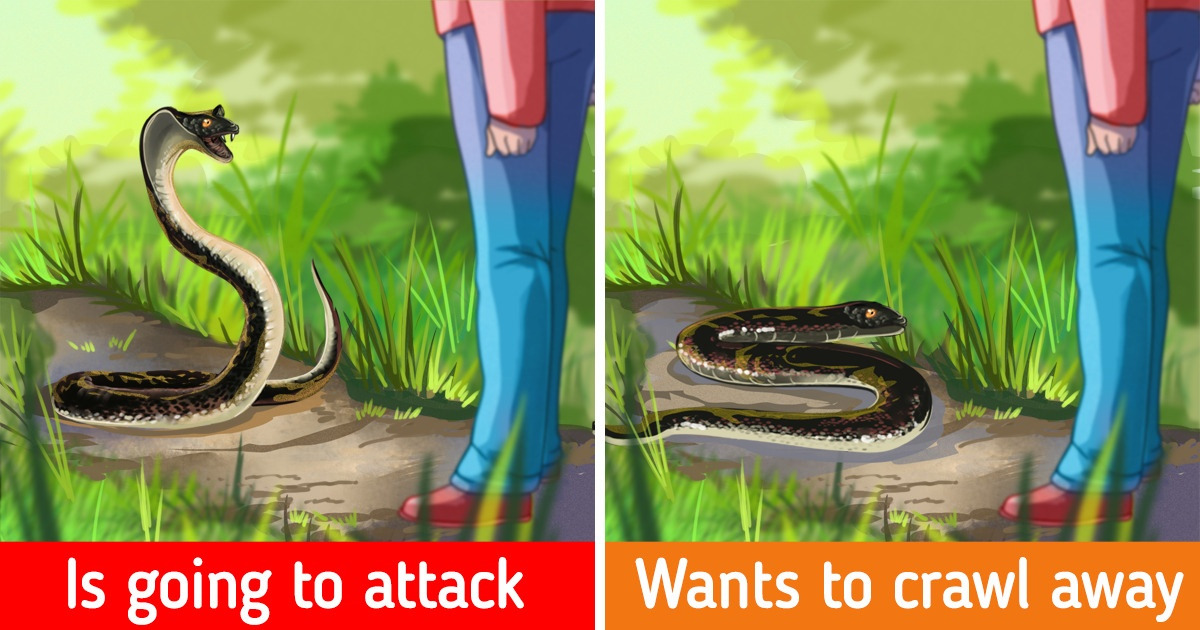
Many of us have come across a snake at least once in our lifetime. Snakes can be both dangerous and harmless. The ability to understand their behavior can help avoid conflict and provide safety for people and animals.
5-Minute Crafts is telling you how to behave if you meet a snake.
❗ This article is for informational purposes only and does not replace expert advice.
Snakes can be found across the entire planet, with the exception of Antarctica, Iceland, Ireland, Greenland, and New Zealand. There are more than 3,000 species of snakes in total. About 600 of them are venomous and can be dangerous to humans.
What to do if you see a snake
- If you see a snake in your home, act fast.
- Get all people and pets out of the room immediately.
- Close the door to the room where the snake is.
- Fill the gap under the door with a towel.
- Contact experts on catching snakes.
- If you see a snake not far from your home, watch it. If it is crawling to the opposite side, it’s likely you won’t see it again. But if the snake is crawling toward the house, the shed, or a vehicle, call specialists.
- If you see a snake on the street, try not to pay attention to it. As a rule, snakes don’t attack people if they aren’t provoked.
How to behave when meeting a snake
When walking in potentially dangerous areas, such as parks, forests, and nature reservations, act carefully. If you see a snake, follow these pieces of advice:
- Keep calm. If you run across a snake, don’t panic, yell, or run away. Instead, freeze, take a deep breath, and calm down.
- Don’t approach it. You might be tempted to get closer to the snake to understand what type of species you are dealing with. But regardless of the type, you shouldn’t approach it in any way.
- Move away slowly. Don’t worry, it’s likely that the snake won’t follow you. They try to avoid humans just like we try to avoid them. That’s why, as a rule, an accidentally met snake will try to hide as fast as possible.
- Act without sharp movements. If you go away slowly, the snake will unlikely take it as a threat and won’t attack you.
- An important note: If the snake rears up and bends its neck, forming a hood, then this means that it’s aggressive and probably preparing to attack. Pythons and vipers move forward in a straight line, and other snakes move in waves, wagging from side to side.
How to protect yourself
- When hiking in parks and nature reserves, try to walk along pathways.
- Make noise as you walk, letting snakes hear you so they can move away.
- Never try to catch or kill a snake yourself. Most bites happen in such situations.
- If you come across a snake, in no way should you touch it with your hands or a stick, even if it looks dead. Some snakes, such as the rinkhals, play dead, but if you disturb them, they can attack.
- Don’t underestimate little snakes. They can be very dangerous. For example, baby brown snakes have venom from the time they hatch.
- Watch the cleanliness of your yard. Long grass and rubbish can become a shelter for snakes.
- Control the presence of rodents in the territory of your home. Snakes like to treat themselves to rats and mice, which is why the appearance of the latter can attract serpents.
What to do if you are bitten by a snake
If you get bitten by a snake, follow the recommendations below:
- Call an ambulance right away.
- Always assume a snake can be venomous.
- Calm down and sit. It will decrease the speed of the potential venom moving through the body.
- Try to remember how the snake looked to tell experts about it.
- Before the ambulance arrives, try to keep the bitten zone lower than the heart level.
- If you can, rinse the bite with warm soapy water.
- Cover the bite so that it stays clean and dry.
- Don’t drink anything caffeinated.
- Don’t wrap the bite area in a tourniquet.
- Don’t cut the bite with a knife or any other sharp object.
- Don’t try to suck the venom out.
- Don’t apply ice to the bite.
